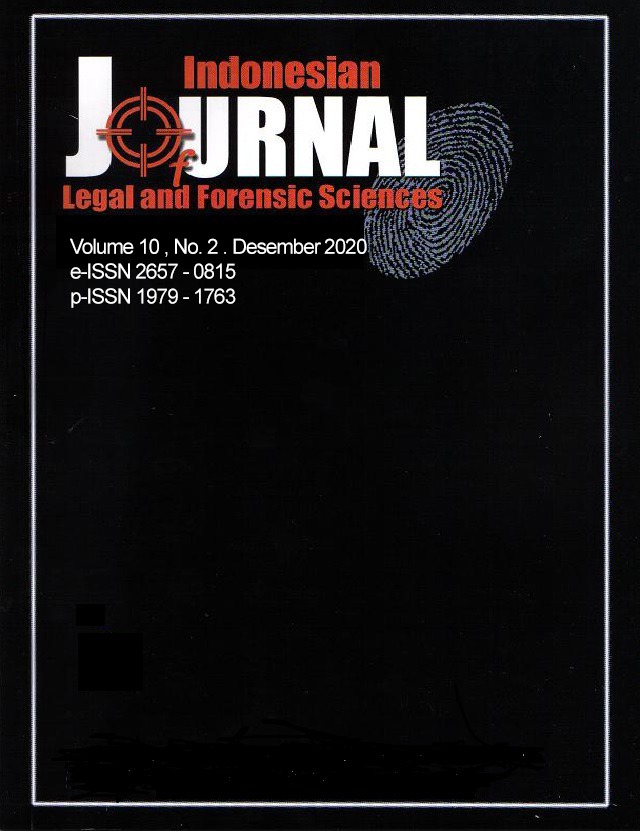TUGAS POKOK DAN FUNGSI APOTEKER SEBAGAI KEPALA DEPARTEMEN PRODUKSI DI INDUSTRI FARMASI
Abstract
The production of pharmaceutical preparations can only be carried out by business entities that have obtained permission from the Minister of Health in accordance with applicable regulations. It is the responsibility of the pharmacist in the production department to ensure that the production process is in accordance with applicable regulations, so as to prevent risks that can harm consumers. This article aims to identify and describe the main duties and functions of Pharmacists in the production department. The method used is descriptive by conducting a literature study of the main tasks and functions of pharmacists in the drug production department. The production department pharmacist has the duty and function to ensure the initial and continuing training of department personnel and implement it as needed, ensure the production department qualifies and maintains facilities and equipment, approves production activity procedures and ensures that these procedures are in accordance, ensuring that drug production and storage in accordance with storage procedures, evaluating production records and signed by authorized personnel and validated correctly. In addition, Pharmacists in the production department have the joint responsibility of the quality assurance and quality control departments to jointly carry out all aspects related to quality, so as to form a mutually sustainable order to produce medicinal products that are safety, quality, and efficacy.



















